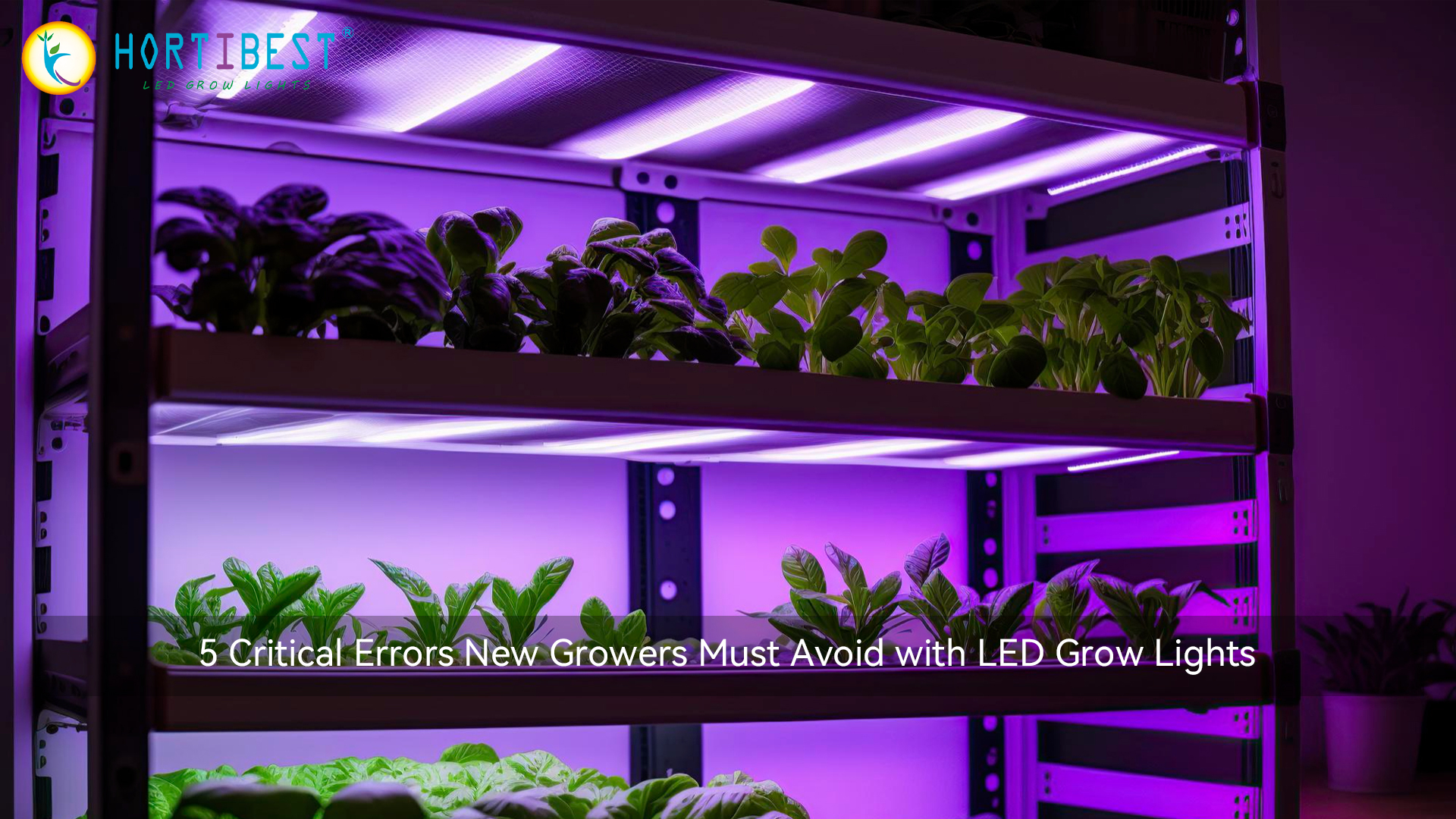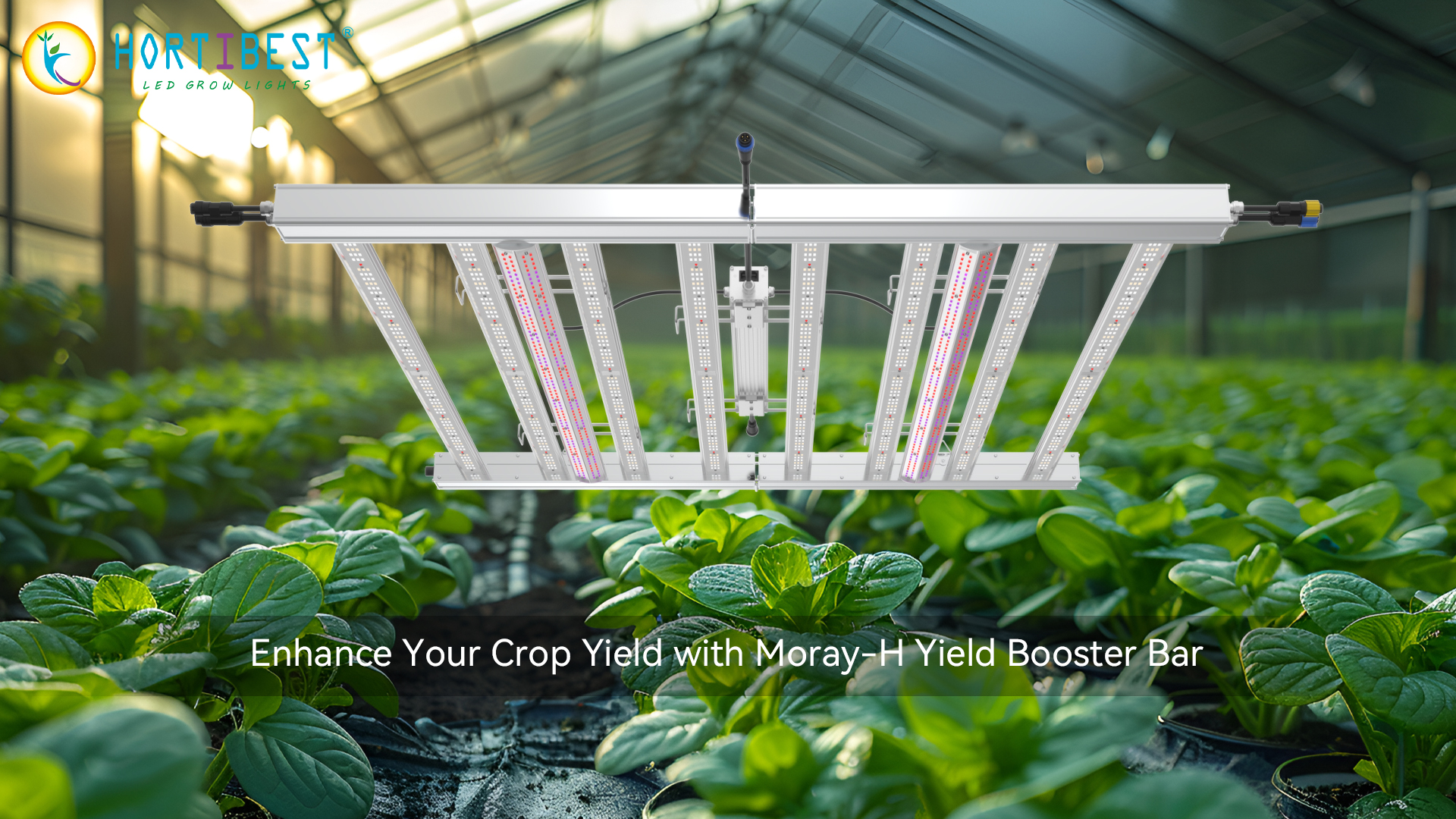Indoor commercial cultivation is a complex and challenging task, but by mastering key cultivation techniques, you can enhance yield, improve quality, and achieve commercial success. This article will discuss the crucial elements of indoor commercial cultivation, including lighting management, air circulation and ventilation, environmental control, water and nutrient management, and pest and disease control. Mastering these techniques will help you create optimal growing conditions indoors and maximize the production potential of your plants.
Lighting Management:
1.Choose suitable lighting types for plant growth, such as efficient LED lights.2.Ensure adequate light intensity and spectrum, adjusting them according to the plant's growth stage.3.Control lighting duration and dark cycles to mimic natural light cycles.
Air Circulation and Ventilation:
1.Install circulating fans to ensure even air movement, avoiding dead spots.2.Set up an appropriate ventilation system to maintain optimal temperature and humidity.3.Use air filters and dehumidifiers to purify air and control humidity levels.
Environmental Control:
1.Monitor and regulate indoor temperature, humidity, CO2 concentration, and pH levels.2.Employ automation systems to adjust environmental parameters for stability and precision.3.Understand plant responses to environmental changes and make necessary adjustments.
Water and Nutrient Management:
1.Design a proper irrigation system to ensure plants receive adequate water and nutrients.2.Monitor water quality and nutrient solution concentration using pH and EC meters.3.Develop a scientifically-based fertilization plan, adjusting it according to plant growth stages and requirements.Pest and Disease Control:
1.Regularly inspect plant health to detect and address pest and disease issues promptly.
2.Utilize organic or chemical control methods, adjusting them flexibly as needed.
3.Maintain cleanliness and hygiene to reduce the spread and proliferation of pathogens and pests.
By mastering these indoor commercial cultivation techniques, you can create an optimal growth environment and increase yield and quality. However, successful operation of indoor commercial cultivation also requires ongoing learning, practice, and continuous improvement, adapting techniques to specific circumstances. Sharing experiences and engaging with other cultivators and professionals is also a valuable way to enhance skills and knowledge.
Contact us for professional led grow light planting advice
 Why are Spectrum and Intensity so Important in Plant Growth?
Why are Spectrum and Intensity so Important in Plant Growth?
 5 Critical Errors New Growers Must Avoid with LED Grow Lights
5 Critical Errors New Growers Must Avoid with LED Grow Lights
 Enhance Your Crop Yield with Moray-H Yield Booster Bar
Enhance Your Crop Yield with Moray-H Yield Booster Bar